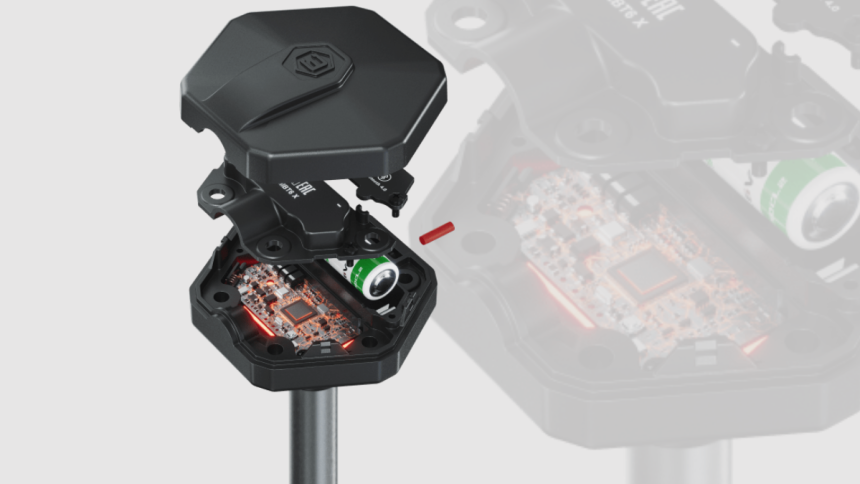Efficiency and safety are the most important aspects of fleet management. A revolutionary instrument is escort monitoring systems, which provide a new level of fleet monitoring, tracking and optimization capacity. These systems make use of cutting-edge technologies to supply real-time insights, enhancing a business’ security as well as streamlining logistics for them. Let’s see how escort monitoring systems are changing fleet management.
Enhanced Tracking and Monitoring
Escort Monitoring systems utilize advanced telematics in combination with GPS technology to offer real-time vehicle tracking within a fleet. With this type of fine-grained tracking, not only can fleet managers monitor the exact location of every vehicle, but also track their routes, analyze historical data and predict future trends. Such comprehensive tracking will improve service delivery through reduced lead times and optimized routes while also enhancing security by discouraging unauthorized use of vehicles and minimizing chances for theft cases.
Fleet managers use these systems to create virtual boundaries and geofence the cars as well as get alerts when they enter or leave the areas. This feature is very useful for tracking delivery zones, restricted regions and high-risk locations, thus enhancing fleet security and operational control.
Enhanced Safety and Compliance
In this regard, safety remains the top priority in fleet management with escort monitoring systems being vital in promoting a safe working environment. Some of the real-time safety parameters that these systems can monitor include speed, harsh braking, acceleration patterns and compliance with traffic rules. Therefore, by continuously analyzing such data, fleet managers will be able to identify risky driving habits, provide tailor-made training for drivers and initiate measures to prevent accidents before they happen.
Additionally, escort monitoring systems ensure compliance with regulatory requirements and industry standards. For instance, they can automatically record and report driver hours track adherence to rest periods dictated by Hours of Service (HOS) regulations, and monitor vehicle maintenance schedules required by inspection and maintenance (I&M) programs. This not only helps fleets avoid costly penalties and legal issues but also fosters a culture of safety and compliance within the organization.
Resource Allocation Optimized
Productivity maximization and operational cost reduction in fleet management depend on the efficient allocation of resources. Escort tracking technologies, on the other hand, highlight issues of fleet utilization, distribution of workloads and optimization of routes. Fleet managers can reduce fuel consumption, optimize routes minimize downtime and increase the overall productivity of their fleets by analyzing vehicle usage patterns, idle time and delivery schedules and customer demand data.
These are also systems that foster proactive maintenance scheduling based on real-time diagnostics as well as performance indicators. Early identification of potential issues is key to planning for maintenance at optimal intervals as well as benefiting from predictive analytics; all measures that help avoid unplanned downtimes, prolong the life spans of vehicles, and cut down repair costs while ensuring that fleets remain reliable.
Streamlined Communication and Collaboration
Seamless fleet operations require effective communication and collaboration. For example, driver dispatchers, and fleet managers use escort monitoring systems to communicate with each other through channels such as GPS-based messaging, voice calling, and mobile apps. This immediate communication means that they can quickly change in response to the current environmental conditions; at the same time, it allows them to deliver goods without delay and solve urgent problems or emergencies for rapid manoeuvring of overall operational agility while enhancing customer satisfaction.
Moreover, these systems promote data sharing and teamwork by providing a centralized source of key information such as delivery status, deviation from route plans, performance analytics, and customer feedback. This promotes openness thus facilitating collaboration which leads to strengthened decision-making processes between our customers and suppliers hence further enhancing fleet management practices continuously.
Conclusion
To sum up, escort monitoring systems are changing the face of fleet management by incorporating an array of tools that advance tracking, safety, compliance resource allocation and communication aspects. By leveraging state-of-the-art GPS, telematics, data analytics and instant communication this way, fleet managers may maximize the efficiency of their operations which leads to a safer working environment and a superior service provision to clients. As the demands in the supply chain continue to change, escort monitoring systems will remain in the lead making sure that there is an innovation that transforms the industry.
Lynn Martelli is an editor at Readability. She received her MFA in Creative Writing from Antioch University and has worked as an editor for over 10 years. Lynn has edited a wide variety of books, including fiction, non-fiction, memoirs, and more. In her free time, Lynn enjoys reading, writing, and spending time with her family and friends.















